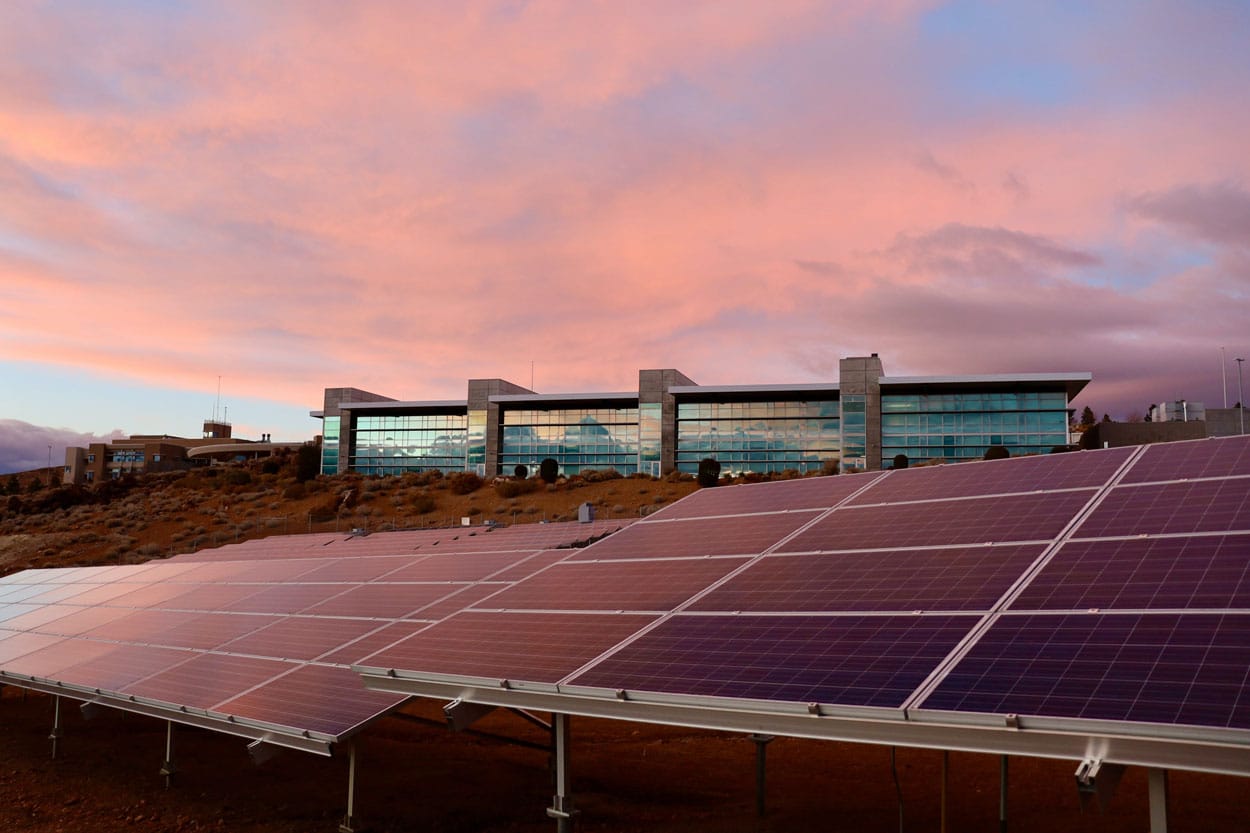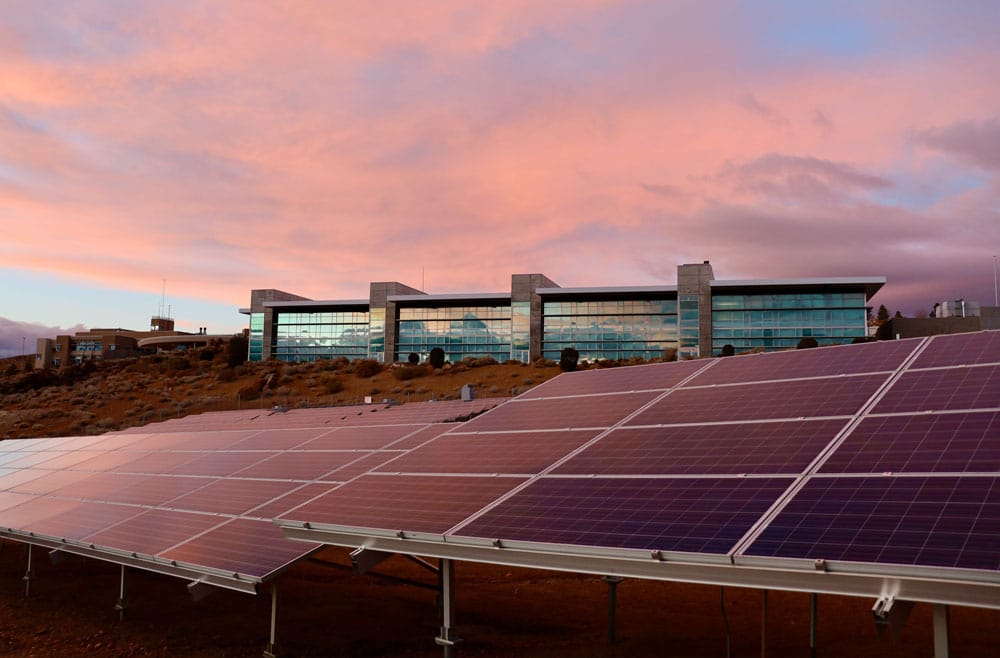On June 3, the final day of the Microgrid 2021 Virtual Conference, the 4-week-long webinar closed with the session, “How Microgrids Will Change the Way We Make, Deliver, and Use Energy.”
During the session, three experts offered their expert opinions on microgrids and microgrid technology in the next few years and in the longer-term future.
The panelists were Clark Wiedetz, Chief Sales Officer at GreenStruxure; Ravi Pradhan, Vice President of Technical Solutions at Siemens; and Marshall Worth, Senior Product Manager of Artificial Intelligence and Analytics Software at PowerSecure.
Steve Pullins, Senior Vice President and Chief Technical Officer of Alphastruxture, moderated the session.
Changes in the Use of Energy
Pullins began by outlining the potential challenges and associated opportunities for microgrids: cost, sustainability, resilience, and reliability of power to end-users. He added that companies and microgrid owners are looking for multi-dimensional solutions that can address several of these concerns simultaneously.
He then invited Pradhan to open discussion, starting with how energy use will change.
In the longer term, he foresees increased adoption of electric vehicles and the installation of “nanogrids,” which are microgrids that operate on smaller, more localized scales. The COVID-19 pandemic has also revealed that people are happy to work from home, a trend which he believes is unlikely to disappear entirely. This means that where energy is consumed is also going to change.
Wiedetz concurred, describing it as increased digitalization. Continuing the theme of how day-to-day business will change, he added that more and more companies are setting dual sustainability and resiliency goals in order to avoid further interruptions to their work.
Worth was excited that businesses are looking at installing microgrids with multiple renewable energy assets to meet their goals, especially because that is a level of technology that already exists today. Not only that, but how assets are used today does not need to be a limit on how those same assets can be used 10 years from now. Designing with flexibility in mind allows for objectives to change and evolve.

Redefining the Delivery of Energy
In terms of delivering energy, with ever-increasing percentages of energy being generated locally, utilities are going to need to redefine their role in the grid, according to Pradhan. He doesn’t believe that utilities aren’t going to disappear though. Somebody “still gotta run that wire if I’m gonna sell my overgeneration to my neighbor…somebody’s still gonna have to be the provider of last resort,” he said.
Pullins suggested that utilities may find a place for themselves in the emerging energy market, managing transactions between neighbors or communities who are buying and selling power from each other.
Wiedetz added that clients like the efficiency that can come from localized energy generation and transmission. This efficiency helps to save money and reduce greenhouse gas emissions and carbon footprints.
Pradham cautioned that, despite increases in localization, we are probably not going to reach a situation where every town will have its own utility.
The Need for Education on Energy Generation
Pullins added that, while the panelists may be excited about localized energy generation and distribution, not everyone may feel the same.
Wiedetz agreed, believing that education is still needed because there are people who still don’t understand microgrids and what they encompass.
Additionally, Worth suggested that education efforts should also help consumers understand the rate structures available in their area.
At a higher education level, Pradhan is interested in the new schools of thought and the development of software that will shape optimal strategies for balancing output from multiple energy sources with demand and storage capacities. He stated, “At the end of the day, economics is going to drive a lot of it…so how do we come up with the most optimal way of offering these services?”
Final Questions
To close the presentation, Pullins asked the panelists, do you see the ability to engage market forces increasing or decreasing with microgrids in the mix?
Unanimously, the panel agreed that they will increase. Opportunities will open up if only because so many more participants are going to enter the marketplace
As a final question, Pullins asked, are microgrids just a fad?
The panel laughed.
Worth acknowledged that the terminology may change, but microgrids, their technology, and their opportunities will not.

Concluding Thoughts
With technology changing so quickly, it’s hard to distinguish the line between “changes in a few years from now” and “changes over the horizon.” However, utility companies are likely to stay, so long as they accept and embrace their evolving role in the electrical grid. Education about onsite energy options is vital in order to raise awareness of distributed energy systems in the public and private sector; and the location of energy consumption is likely to shift as a result of the COVID-19 pandemic.
Most importantly, though, this is only the beginning for microgrids.
Photo credits: (Manny / Pexels) (Joonas kääriäinen / Pexels)


